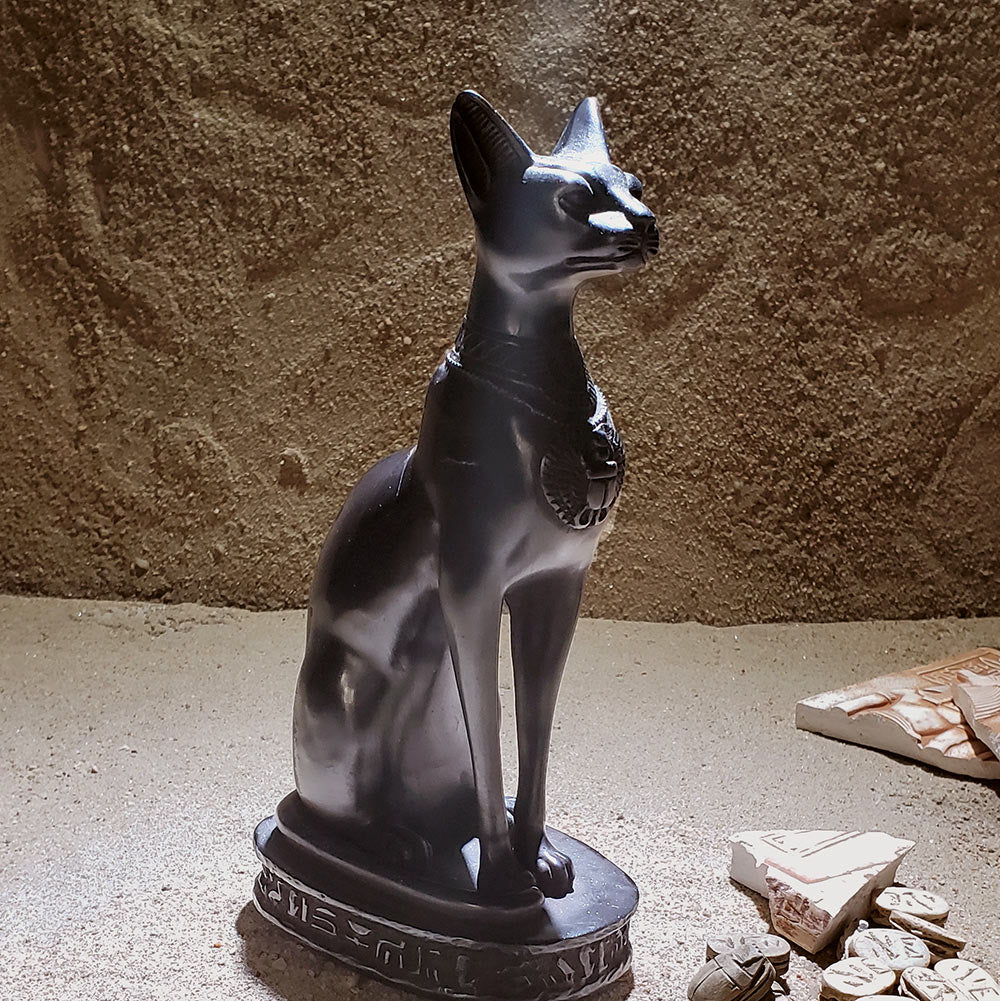Cleopatra: The Last Pharaoh and Her Legacy
Cleopatra VII, the last active ruler of the Ptolemaic Kingdom of Egypt, is one of history's most famous figures. Cleopatra was born in 69 BC in Alexandria, Egypt. She was a member of the Ptolemaic dynasty, which was of Greek origin and ruled Egypt after the death of Alexander the Great.
She became co-regent with her brother Ptolemy XIII when she was about 18 years old, but she eventually took full control of the throne. Cleopatra is known for her intelligence and political acumen. Cleopatra is famous for her relationships with powerful Roman leaders, including Julius Caesar and Mark Antony. These alliances were strategic and aimed at securing her power and Egypt's position in the Roman world.
The depictions of Cleopatra VII at the Temple of Hathor in Dendera, Egypt, are significant historically. The temple was built during the Ptolemaic period, and Cleopatra's images were included as part of a larger effort to legitimize her rule and connect herself to the divine. In the temple, Cleopatra is often depicted in traditional Egyptian attire, reinforcing her role as a Pharaoh. She is shown in the company of her son, Ptolemy XV Philopator Philométor Caesar, commonly known as Caesarion, whom she had with Julius Caesar.

In some reliefs, she is depicted making offerings to the goddess Hathor, symbolizing her devotion and the divine support for her rule.
Cleopatra's reign ended in 30 BC when she and Antony were defeated by Octavian (later Augustus) at the Battle of Actium. After Antony's death, she reportedly took her own life, possibly by snakebite, marking the end of Ptolemaic rule in Egypt.






